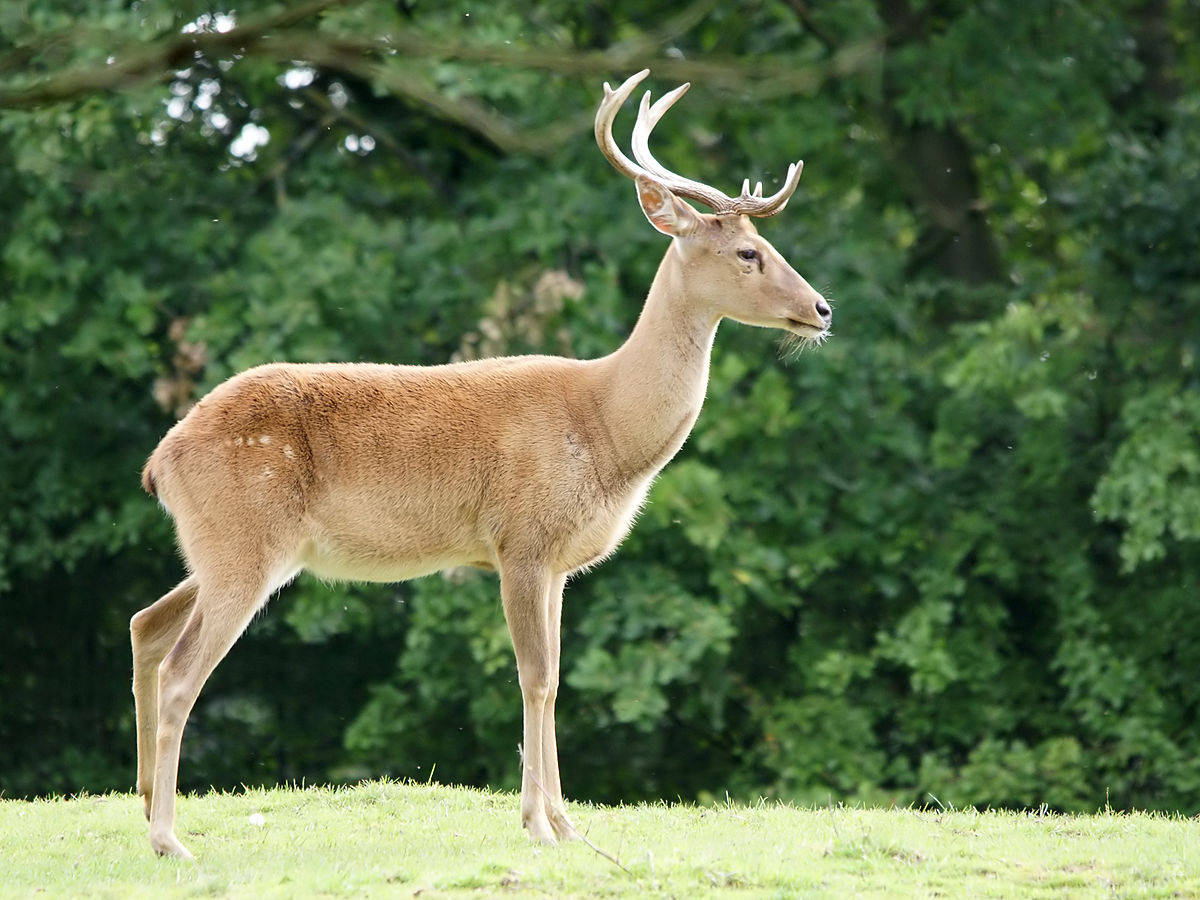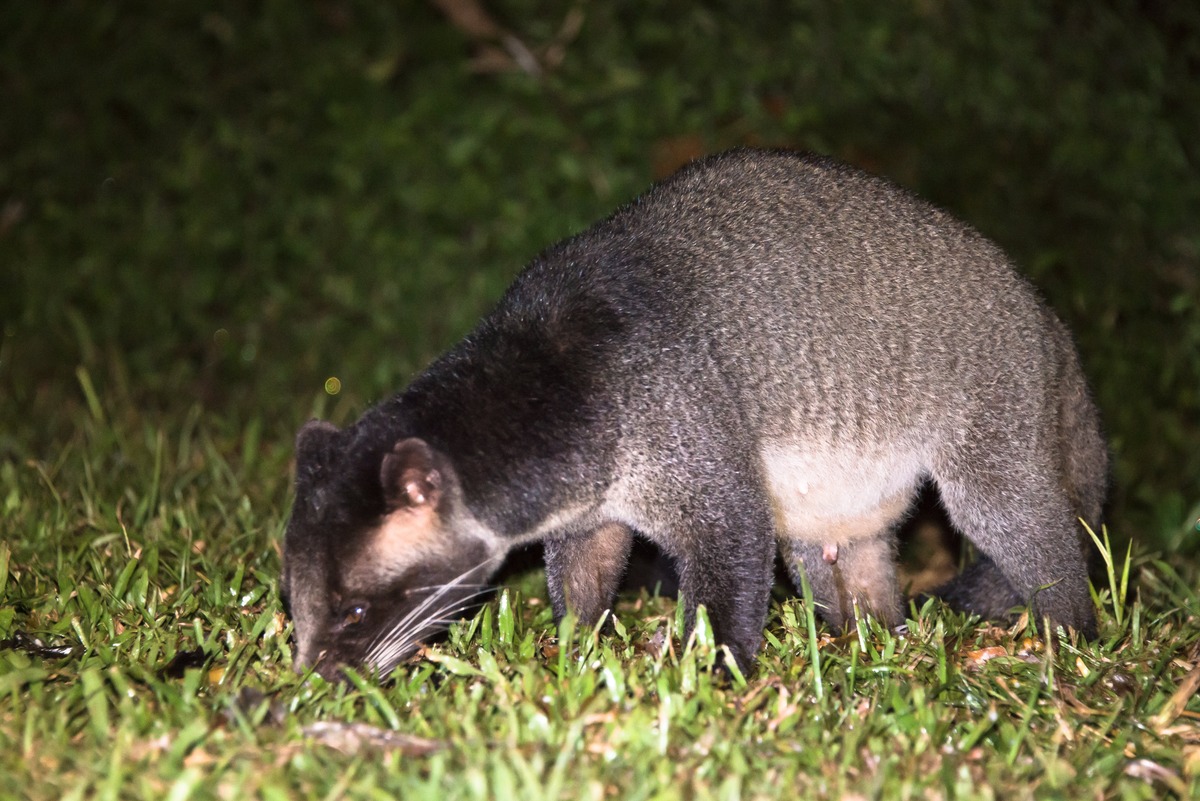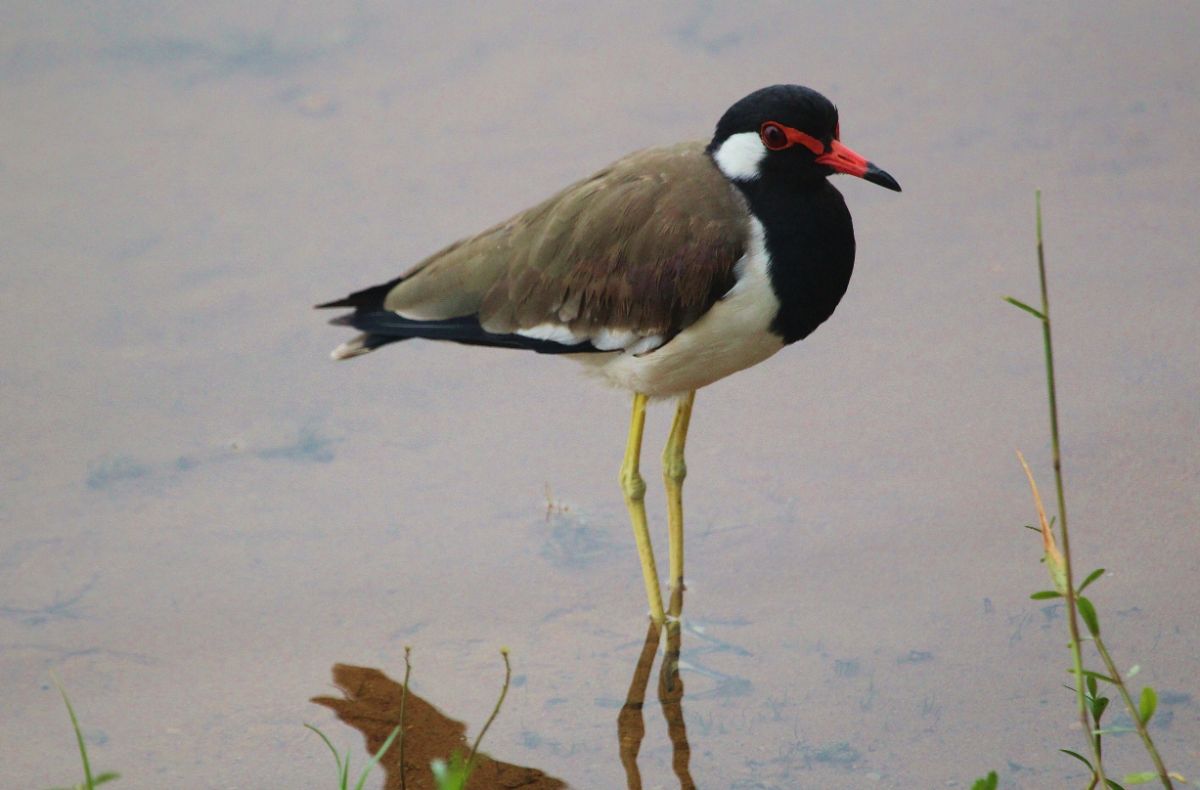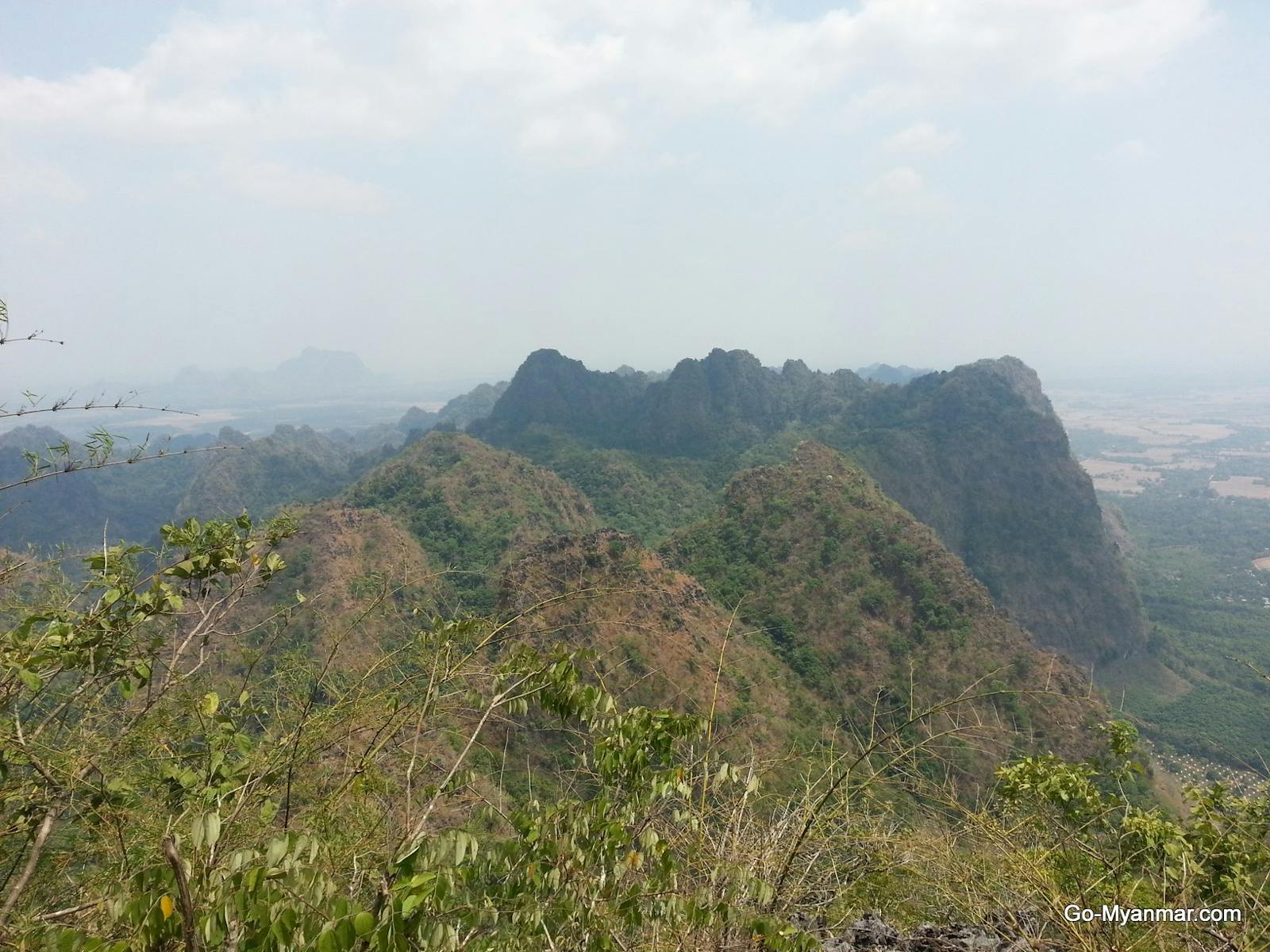Irrawaddy Moist Deciduous Forests
The ecoregion’s land area is provided in units of 1,000 hectares. The conservation target is the Global Safety Net (GSN1) area for the given ecoregion. The protection level indicates the percentage of the GSN goal that is currently protected on a scale of 0-10. N/A means data is not available at this time.
Bioregion: Irrawaddy & North Indochina Mixed Forests (IM11)
Realm: Indomalaya
Ecoregion Size (1000 ha):
13,859
Ecoregion ID:
235
Conservation Target:
19%
Protection Level:
1
States: Myanmar
The Irrawaddy Moist Deciduous Forests ecoregion has two protected areas that are important refugia for the endangered ‘golden deer’, more widely known as Eld’s deer. This medium-sized deer with lyre-shaped antlers was once widely distributed in South and Southeast Asia from northeastern India’s Manipur state through Myanmar into Viet Nam and Hainan Island, but it has become extirpated from most areas of its range, and its population has now become very highly fragmented. The largest populations of the thamin subspecies are now restricted to Chatthin and Shwesettaw, two protected areas in this ecoregion.

The flagship species of the Irrawaddy Moist Deciduous Forests ecoregion is the Eld's deer. Image credit: Creative Commons
This ecoregion covers the moist deciduous forests in the vast Irrawaddy River basin, including the catchments of the Bago Yoma mountains and the foothills of Rakhine Yoma. The climate is dry, with about 1,500 mm of annual rainfall during the monsoon season, followed by long dry spells. The Rakhine mountain range intercepts the monsoon winds from the Bay of Bengal and creates a rain shadow in the Irrawaddy river basin.
The forests grow on this well-drained hilly, undulating landscape up to 1,000 m in elevation. The soils, belonging to the “Irrawaddian Series”—sedimentary terrestrial rocks more recent than the Pliocene, less than 5 million before present—are rich with terrestrial and aquatic vertebrate fossils and silicified wood fossils

Asian golden cat. Image credit: Karen Stou, Creative Commons
The moist deciduous forests that dominate the ecoregion are generally closed high forests with trees that grow to over 30 m, unless impacted by anthropogenic influences. The dominant species are teak and ironwood. Both are valued as timber species and grown extensively in plantations.
Species compositions in these forests are variable, and associated trees include species of Terminalia, Salmalia, Gmelina, Lannea, Odina, Pterocarpus and Vitex, among others. Several bamboo species grow in groves, and include Bambusa polymorpha, Cephalostachyum pergracile, and several Dendrocalamus species. Some evergreen species can grow as emergent dominant trees.

Masked palm civet. Image credit: Creative Commons
Native wildlife in this ecoregion has been intensively hunted, especially outside the protected areas. Most of the megafauna has been hunted out, but small, isolated populations of Asian elephants cling to survival in the Bago Yoma region. Recent surveys have failed to confirm the presence of tigers throughout the ecoregion, although they could still hold on in the Bago Yoma.
Other large mammals that occur in small numbers in the protected areas include gaur, sambar, serow, Himalayan black bear, and Malayan sun bear. Almost 350 birds are known from the ecoregion, which also overlaps with the Irrawaddy Plains Endemic Bird Area that supports the white-throated babbler and the hooded racket-tailed treepie, both of which are endemic to the dry forests of central Myanmar. Some of the forest-dwelling birds include several species of woodpecker, laughing thrushes, babblers, orioles, drongos, parakeets, barbets, pigeons, doves, and magpies.

Red-wattled lapwing. Image credit: Creative Commons
Like other lowland forests in the region, the Irrawaddy Moist Deciduous Forests have has also been extensively cleared and intensively cultivated. Forest conversion for agriculture, including shifting cultivation is still prevalent. Hunting has extirpated most wildlife. Hunters and poachers are almost never arrested.
Thus, the recommended priority conservation actions are to: 1) secure the existing protected areas and build capacity for better protection against poaching; 2) organize additional unprotected forests—there are almost 10,000 km2 of forests remaining—into a protected area umbrella framework and prioritize the Key Biodiversity Areas that harbor endangered wildlife; and 3) develop and implement regional strategic conservation action plans to protect the environmental integrity of the Irrawaddy system in this and neighboring ecoregions.
Citations
1. Wikramanayake, E, E. Dinerstein, et al. 2002. Terrestrial Ecoregions of the Indo-Pacific: A Conservation Assessment. Island Press.
2. Critical Ecosystem Partnership Fund. Ecosystem Profile. Indo-Burma Biodiversity Hotspot. 2011 Update. Oct 2012. https://www.cepf.net/Documents/final.indoburma_indochina.ep.pdf Accessed 15 December 2017
3. Tordoff, A.W., Baltzer, M.C., Fellowes, J.R., Pilgrim, J.D. and Langhammer, P.F., 2012. Key biodiversity areas in the Indo-Burma Hotspot: process, progress and future directions. Journal of Threatened Taxa, 4(8), pp.2779-2787.



